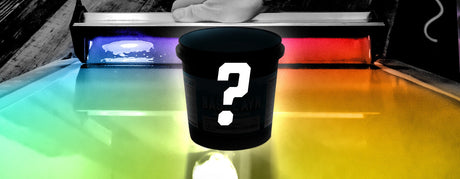
Which Emulsion is Right for Me?
Learn how to choose the right screen printing emulsion for your inks, exposure unit, and darkroom. Compare photopolymer, diazo, and hybrid options, then match emulsions to your setup with practical...
Free Shipping in the Con. US Learn More

Learn how to choose the right screen printing emulsion for your inks, exposure unit, and darkroom. Compare photopolymer, diazo, and hybrid options, then match emulsions to your setup with practical...
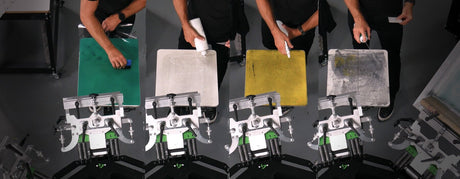
It’s hoodie season, which means fleece, fluff, and figuring out the best adhesive for the job. Hoodies bring warmth, comfort, and texture. But that texture can create challenges on press...

A guest post by Financial Partners Group, an expert equipment financing partner. At Ryonet, empowering printers with the tools, knowledge, and support to grow is part of the DNA. That’s...

Don't pay more taxes than necessary. Section 179, a piece of legislation aimed at assisting small to medium-sized businesses, is a great way to limit tax liability this year. Today’s short post...

Episode 275 of the Shirt Show with Dylan Gilligan features a story that perfectly captures what makes the screen printing industry so dynamic: people carving out a lane by connecting...
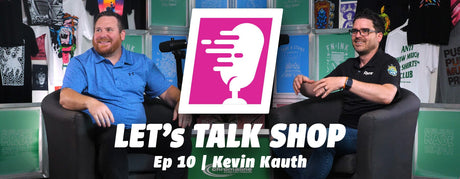
In this episode of Let’s Talk Shop, we sit down with Kevin Kauth from Chromaline to talk about screen room consistency, exposure best practices, and where screen printing is heading....

This week on Shirt Show, Dylan sat down with Chris Fahrbach of Mixture, a New York-based screen printer with more than 20 years in the business. Chris shared how skateboarding...
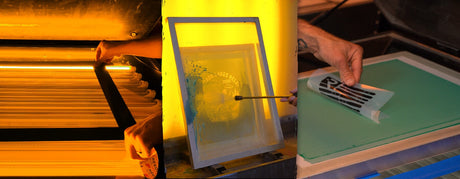
The darkroom is the heartbeat of your print shop. From screen prep to reclaim, small improvements in your workflow can make a huge difference on press. In this post, we’re...
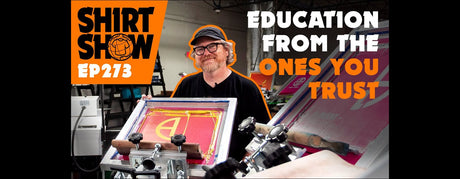
What makes a great screen printer? According to Josh Wells AKA @joshlikesink, it’s the perfect mix of hustle, experience, and the right gear. In this episode of Shirt Show, Josh shares real...

Tour merch is more than a table of tees. It is logistics, forecasting, late approvals, venue settlements, and quick pivots. In Shirt Show episode 272, Dylan sits down with Angel...
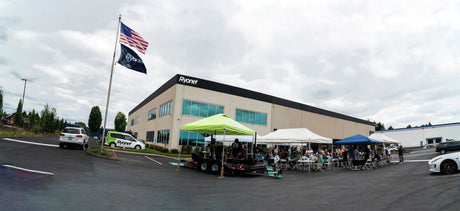
What. A. Day. We opened the doors of Ryonet HQ in Vancouver, WA for our annual Open House, and the print community showed up in full force. From first-time visitors...
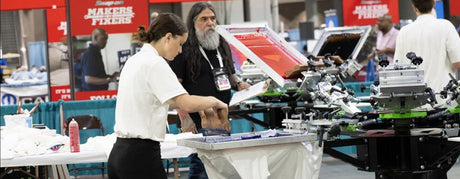
The decorated apparel industry is powered by creativity, craft, and a drive to keep improving. At the 2025 SkillsUSA National Leadership & Skills Conference, thousands of students gathered to prove their...

Hey screen printers, we have all been there: a customer brings in the same job on multiple garment colors. Traditionally, that means extra screens, a longer setup, and more time...